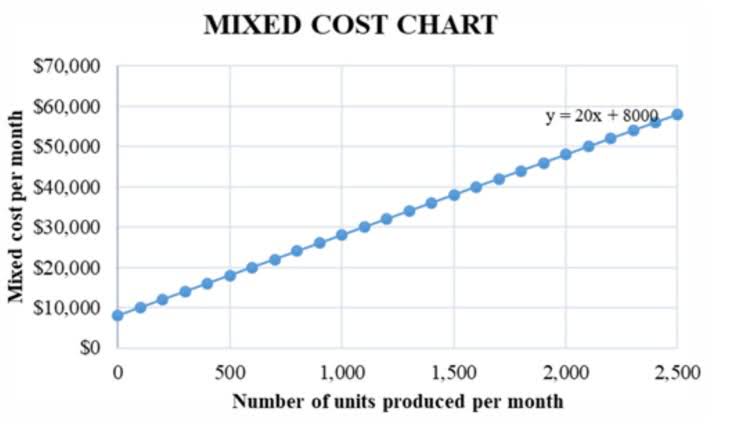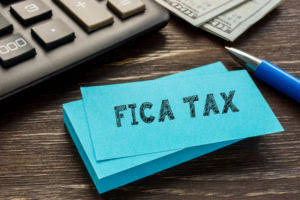
Depreciation is a crucial accounting practice as it allocates the cost of an contribution margin asset across its useful life, matching the expense with the revenue it helps generate. This approach allows businesses to reflect the decreasing value of the asset accurately on financial statements. Various methods, like the straight-line or declining-balance method, are used to calculate annual depreciation. The exception is land, which typically does not depreciate because it doesn’t wear out or become obsolete over time. This chapter introduces how organizations categorize and account for fixed assets. It also covers the various methods of depreciation, why each method is used, and the “rate of return” expected by an organization when they purchase an asset.

Is land considered a current asset?
Their value can be significant and represent a large portion of a company’s total assets, especially for businesses in manufacturing, transportation, or other capital-intensive industries. The name plant assets comes from the industrial revolution era where factories and plants were one of the most common businesses. This category of assets is not limited to factory equipment, machinery, and buildings though. Anything that can be used productively to general sales for the company can fall into this category. Plant assets are a group of assets used in an industrial process, such as a foundry, factory, or workshop. These assets are classified as fixed assets if their cost exceeds the capitalization threshold of a business, and they are expected to be used for more than one reporting period.
- Current assets and plant assets represent two distinct types of assets on a company’s balance sheet, each serving different financial and operational roles.
- Any land maintenance, improvement, renovations, or construction to increase building operations or revenue generation capacity are also recorded as part of the plant assets.
- Instead, land is a permanent asset; it sticks with a company for many years.
- Plant assets, also known as fixed assets, must meet certain characteristics to qualify as plant assets on the balance sheet.
- Plant assets are a group of assets used in an industrial process, such as a foundry, factory, or workshop.
- Businesses engaged in land development may also face tax liabilities related to improvements, as expenditures on grading, drainage, or utilities could impact cost basis calculations.
Main Elements of Financial Statements: Assets, Liabilities, Equity, Revenues, Expenses

When a plant asset is acquired by a company that is expected to last longer than one year, it is recorded in the balance sheet at the end of the financial year. Besides, a part of the asset’s cost is charged to expenses account as a non-cash expense, depreciation. The acquisition cost of a is land a plant asset plant asset includes not just the purchase price but also any additional expenses necessary to make the asset ready for use. This can include installation, transportation, legal fees, and other related costs. These initial costs are capitalized, meaning they are recorded as part of the asset’s value on the balance sheet rather than expensed immediately. Current assets are expected to be used within a year or short-term time frame.
- This means items like property, plant, and equipment fall under long-term or non-current categories on a balance sheet due to their extended useful lives.
- A current asset is something the company owns that it expects to turn into cash within one year.
- In the initial years of the asset, the amount of depreciation expense is higher and decreases as time passes.
- This classification distinguishes them from current assets, which are expected to be used or converted to cash within a year.
- Plant assets represent the asset class that belongs to the non-current, tangible assets.
- In this article, we will talk about non-current tangible assets and, specifically the plant assets.
- Depreciation is an allocation process that ensures the useful life of an asset is properly identified from accounting and company valuation.
Definition of Property, Plant and Equipment
- Like any category of assets, it’s critical to evaluate plant assets on a company-by-company basis.
- As non-current assets, plant assets play a continuous role in operations, with their value recorded at historical cost, less accumulated depreciation.
- Land lasts for many years and doesn’t get used up quickly like other assets, so it’s called a long-term asset.
- For example, in a manufacturing company, the machines used to create products are plant assets because they enable the core function of production.
- Plant assets are reported within the property, plant, and equipment line item on the reporting entity’s balance sheet, where it is grouped within the long-term assets section.
The presentation may pair the line item with accumulated depreciation, which offsets the reported amount of the asset. Let us try to understand the difference between plant assets characteristics and current assets. Plant assets fall under the fixed asset category and can be used in the business for more than one year. They are used for manufacturing and selling the goods and services of the company. In this article, we’ll explore the key components of plant asset management, its benefits, and how it differs from traditional asset management practices. Land holds a unique position on a company’s balance sheet and is universally recognized as a long-term asset.
- Plant assets and the related accumulated depreciation are reported on a company’s balance sheet in the noncurrent asset section entitled property, plant and equipment.
- For most assets, like buildings, machinery, and equipment, they wear out or become outdated over time.
- These assets are essential in industries like manufacturing, healthcare, and technology, where specialized equipment enables efficient production and service delivery.
- Plant assets are recorded at their cost and depreciation expense is recorded during their useful lives.

Accounting for assets can be complicated because they’re divided into several categories for accounting purposes. Property, plant, virtual accountant and equipment (PP&E), a key component of a company’s financial health, is one category of long-term tangible assets businesses hold, such as vehicles and equipment. Plant assets, also known as property, plant, and equipment (PP&E), are long-term tangible assets that a company uses in its business operations to generate income.

Owners might get deductions for property taxes and certain land-related expenses. And since land isn’t considered a depreciable asset, you don’t have to reduce its value on financial statements each year like you would with buildings or equipment. In the balance sheet of the business entity, these assets are recorded under the head of non-current assets as Plant, property, and equipment. Furniture and fixtures cover items like desks, chairs, tables, shelving, cabinets, and lighting fixtures that create functional workspaces.
